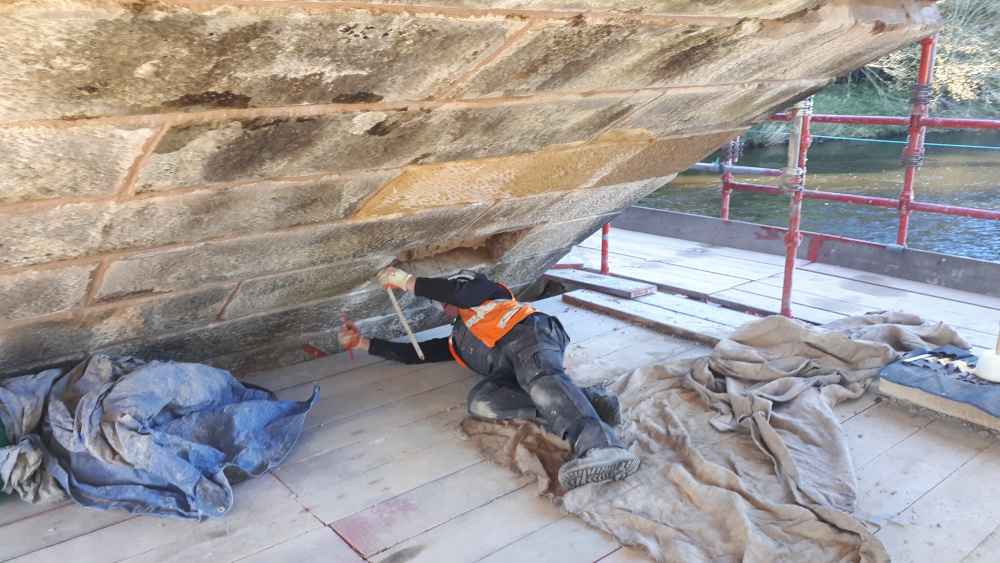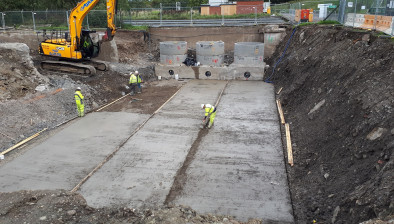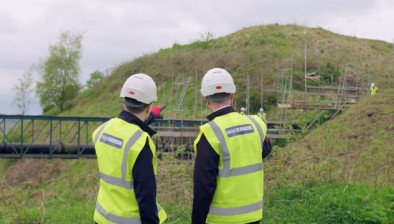Mauldslie Bridge reopens after £1.3m renovation
The historic Mauldslie Bridge in South Lanarkshire has reopened after a £1.3 million renovation project by Scottish Water.

The restoration of the A-list bridge was carried out by Glasgow-based Mackenzie Construction on behalf of Scottish Water.
The bridge, which crosses the River Clyde south of Dalserf in South Lanarkshire, is owned by Scottish Water and provides access to Mauldslie Waste Water Treatment Works.
It also provides an access route for residents of the nearby Mauldslie Bridge Estate and is a much-loved gateway to stunning surroundings which are popular with walkers, runners, cyclists and dog-walkers.
Built in 1861, the structural integrity of Mauldslie Bridge had diminished over the last few years and it was essential that this improvement work was carried out.
The stone repairs and replacement of the carriageway has future-proofed Scottish Water’s key wastewater asset and helped to preserve a much-loved local landmark.
Joanna Peebles, communications manager for major projects at Scottish Water, said: “It’s wonderful to see the bridge restored to its former glory! It has been done with great care and consideration, from drafting in the specialist stonemasons from Mackenzie Construction and Go-Wright Ltd to working with m2 (Water) LLP - a joint venture between Mott MacDonald and Stantec - to ensure the right measures were in place to help mitigate any impact and protect the local wildlife throughout the project delivery. And even beyond, with the 14 purpose-built ‘bat bricks’ at various points along the bridge.
“Once again, we’d like to thank local residents and visitors to the area for their patience and understanding while these works were carried out. We’re certain they’ll agree that it was worth it – it really is quite a sight!”
Working on over-hanging scaffolding, the team replaced all of the bridge’s joints, rough pointing and smooth pointing it with a lime mortar. They replaced any original stonework which had been damaged with new sandstone which will weather over time and blend in.
Some of the stones weighed up to 80 kilograms which made the work on the five span cream sandstone segmental arched bridge particularly challenging.
The project team is expected to return to the site next year to carry out improvements on one of the piers.























